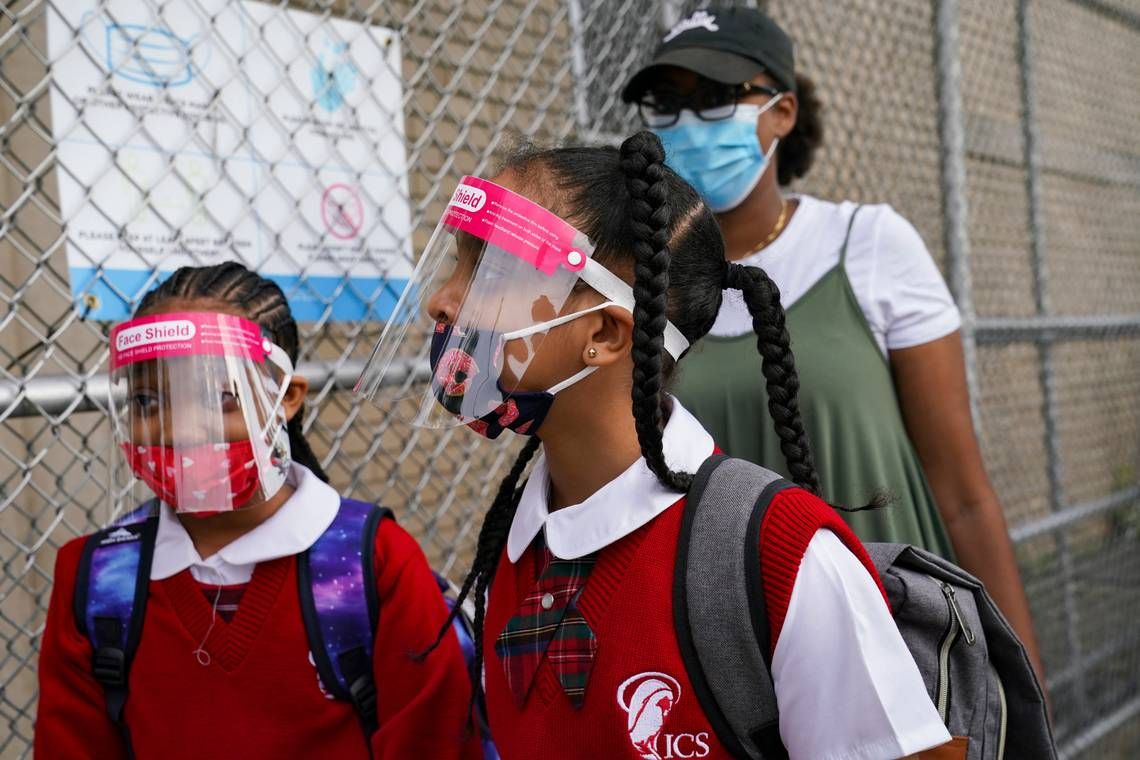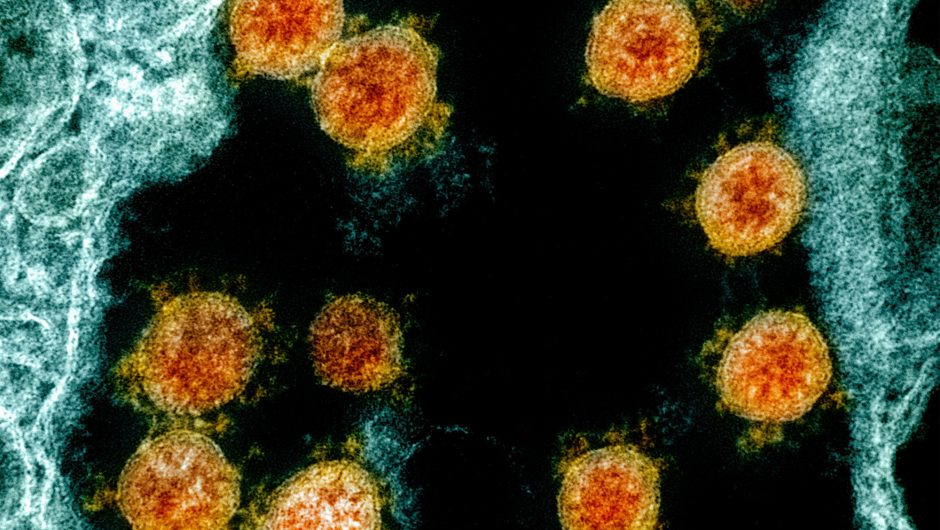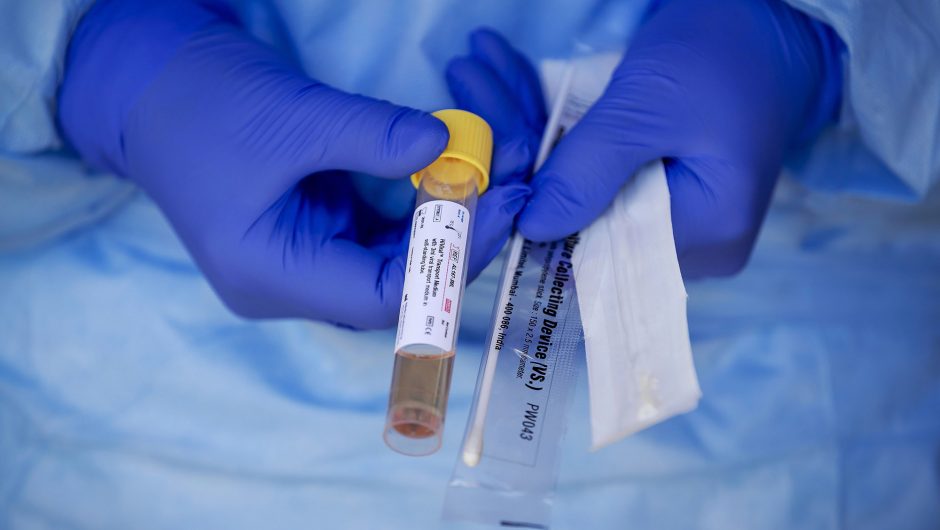During the first months of the coronavirus pandemic, the World Health Organization estimated that each sick individual was infecting an average of two others. This “basic reproductive number” — or (R0) and pronounced “R naught” — reveals how contagious a disease is.
Now, new research from Duke University says the number was likely twice as big, with one infected individual bringing down an average of 4 to 5 people with them, according to a study published Sept. 24 in the journal PLOS One.
The findings also show that governments in the 57 countries analyzed had about 20 days from their first reported cases to enforce preventive measures such as social distancing and face mask guidelines to prevent widespread infections and deaths — which they did not take advantage of.
This, researchers say, means the time frame to reduce the R0 to below 1.1 infections — a scenario where infections continue but outbreaks don’t occur — was much smaller than expected.
“These numbers confirm that we only had a small window of time to act, and unfortunately that’s not what happened in most countries,” study lead author Gabriel Katul, a professor of hydrology and micrometeorology at Duke University, said in a news release.
Katul said the study can be used to better prepare for a second wave of COVID-19 or for future pandemics, which experts say is likely.
“In the end, it all comes down to timely, effective intervention. The best defense against uncontrolled future outbreaks is to put stringent safety protocols in place at the first sign of an outbreak and make use of the tools science has provided us.”
Using mathematical models
The North Carolina researchers used a common “susceptible-infectious-removed” mathematical model to study confirmed coronavirus cases and deaths reported from January to March in 57 countries including the U.S., Germany, Canada, Spain and the UK.
The model includes people who have not been infected but are susceptible to the virus,, those who are already sick or infectious and those who have recovered and are therefore “removed” from the population because of assumed immunity.
Story continues
The researchers were able to see what would happen to disease transmission rates under different scenarios, such as the implementation of mask mandates earlier in the year, and identify changes over time to estimate the amount of cases and deaths that might follow.
The team found that many of the countries studied were slow to implement preventive measures, which allowed the R0 to remain above 2.7 for at least 44 days. This means any measures enforced after 44 days were virtually ineffective at preventing coronavirus outbreaks.
Superspreaders — or people who infect a large number of others — contributed to short-term spikes in infections, but their impact evened out over time, according to the study.
Occasional boosts in testing that led to higher than average reported cases “converged over time to a global average of about 4.5 new cases per infected individual,” the release reads.
Reaching herd immunity
What’s more, the model helped the team estimate that 78% of the global population needs to be infected with the coronavirus in order to reach herd immunity, the study says.
It’s difficult to know the true extent of infections because of a lack of testing in some regions and asymptomatic spreaders, but 33.2 million cases have been confirmed worldwide. To guarantee herd immunity, we’d need about 6 billion more people to get infected.
Knowing this information can provide an estimate of how many vaccines might be needed.
“Being able to estimate transmission rates at different phases of a disease’s spread and under different conditions helps identify the timing and type of interventions that may work best, the hospital capacity we’ll need, and other critical considerations,” Katul said.








